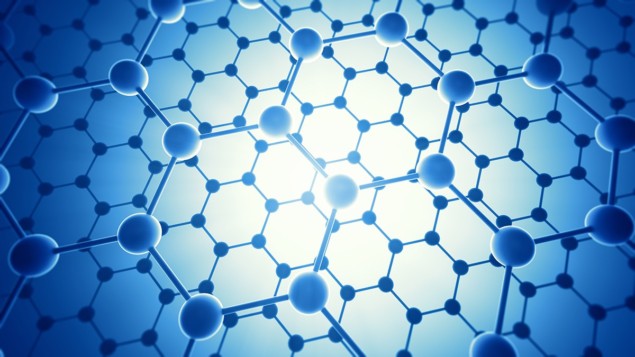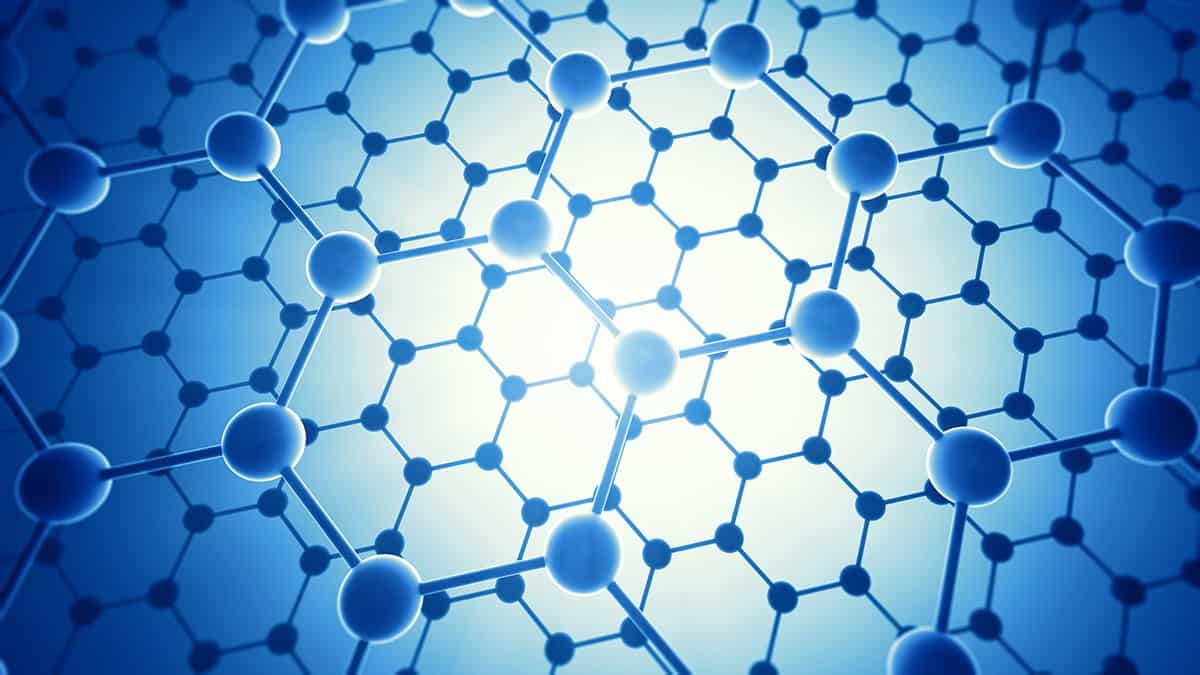
Excitonic insulators – an exotic type of matter with a ground state comprising bound electron–hole pairs – have been made by two independent research groups. The excitonic insulators were created in layered materials called van der Waals heterostructures and the research could potentially lead to the discovery of new quantum phases of matter such as excitonic superfluids. Excitonic insulators could also have practical engineering applications.
Excitons are normally formed in an insulator or semiconductor when an electron is promoted to a higher energy band (by a photon, for example), leaving behind a positively charged “hole”. The electron and hole bind together to create an exciton that behaves much like a particle, which is why excitons are classified as quasiparticles.
Back in the 1960s, the British theoretical physicist and future Nobel laureate Nevill Mott reasoned that, if the band structure of a material were tuned such that, at certain points, the upper energy level is below the lower energy level, then the ground state of the system would contain excitons. Electrons and holes would remain bound together by the Coulomb interaction, but it would be energetically unfavourable for them to recombine. As the excitons would be neutrally charged, they would not carry an electric current and the resulting material would be an insulator.
This remained purely hypothetical until last year, when two groups – one led by Sanfeng Wu and colleagues at Princeton University in New Jersey, the other by David Cobden’s group at the University of Washington in Seattle – independently found evidence suggesting that monolayer tungsten ditelluride showed features consistent with an excitonic insulating state at temperatures below 100 K.
Moiré superlattices
In new research, two independent teams – one led by researchers at University of California, Berkeley; the other a collaboration between scientists in the US, China and Japan – have taken similar, three-layer approaches to creating excitonic insulators. Both groups used heterostructures in which the top two layers formed a moiré bilayer. These bilayers are created when multiple monolayers – here tungsten disulfide and tungsten diselenide – are twisted relative to one another. This creates “superlattices” as the individual lattices move in and out of phase. Such materials have a periodic band structure, which can allow them to form another type of exotic correlated insulator called a Mott insulator in which electrons are confined by this periodicity.
Both groups also used a monolayer of tungsten diselenide as the bottom layer. The Berkeley-led researchers insulated the moiré bilayer from the monolayer using an atomically-thin layer of hexagonal boron nitride. They applied a variable potential across the heterostructure, changing which layer was electron doped and which layer was hole doped. Using optical reflectance spectroscopy, the researchers observed electrons in one layer binding to holes in the other at temperatures below 60 K. “When you dope the moiré bilayer with holes, you get a hole at each lattice site,” explains Berkeley’s Zuocheng Zhang. “If we electron-dope the Mott insulator, the holes will generally be gone. But the holes in the monolayer tend to stay above the part that does not have a hole to minimize the very strong Coulomb interaction.”
The US–China–Japan team performed similar experiments, using an applied electric field to tune the energy levels of the two adjacent layers of tungsten diselenide to create interlayer excitons. They did not use a hexagonal boron nitride layer, however. “These two materials are naturally separated by a van der Waals gap, which is insulating,” says team member Sufei Shi of Rensselaer Polytechnic Institute in New York. “If you have boron nitride in between, that’s going to increase the spatial separation, but it’s going to decrease the Coulomb interaction.” The benefits of this trade-off, the researchers believe, may be evident in their higher transition temperature of 90 K.
Neutral bosons
Both teams now aim to use their platforms to further study the properties of excitonic insulators – which they believe could be markedly different from those of other exotic insulators such as Mott insulators. “In Mott insulators, everything is electrons, so they’re still fermions,” says Yongtao Cui of University of California, Riverside – who is a member of the US–China–Japan team. “In the excitonic insulator, the fundamental units are bound states of electrons and holes, which are charge neutral, and they’re bosons.” This could potentially lead to exotic states of matter such as excitonic superfluids. Fellow team member Chuanwei Zhang of the University of Texas at Dallas says that several obstacles remain, such as increasing the density of the excitations and reducing their temperature, making them delocalized enough to reach quantum degeneracy. The Berkeley researchers also plan to study exciton superfluidity.

Twistronics lights up with moiré exciton experiments
“I think these are beautiful, important [studies],” says Wu. “The theoretical idea was half a century ago, and we are still at the stage of trying to conclusively find [excitonic insulators], and with excitonic insulators there are many different types.” He says researchers need to develop more unambiguous detection techniques. Moreover, he believes the current work could find engineering applications in “excitonics”. This aims to create devices that use excitons to transfer information without the heat loss associated with charge transfer. However, practical excitonics has been limited by the short lifetime of optically excited excitons. Wu points out that the latest work offers a way around this problem, “Compared to all known excitons in semiconductors, these excitons in ground states can live for a very long time,” he says. “If you could make them flow, you could make functional devices without charge.”
The research is described in two papers Nature Physics. One paper is by the Berkeley-led team and the other paper is by the US–China–Japan team.
